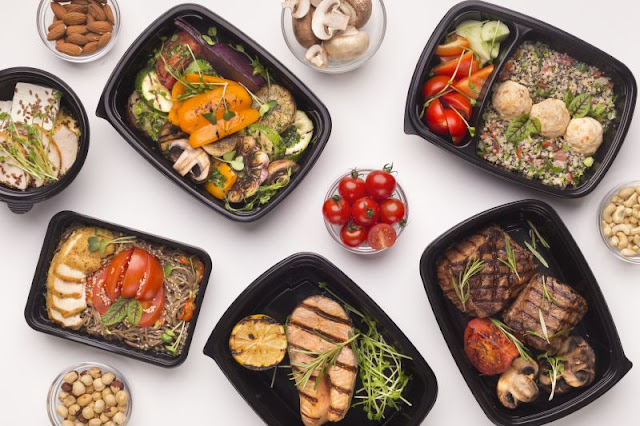The Changing Face of the Food Industry in India | Fmt Magazine...

The food industry in India is a vast and diverse sector, with a wide range of products and sub-segments. It is one of the most important contributors to the Indian economy, with a market size of over US$ 391 billion in 2020. The industry is expected to grow at a CAGR of 6.8% from 2020 to 2025. The food industry in India can be broadly classified into three segments: organized, unorganized, and exports. The organized segment, which includes modern retail, food processing, and food service, accounts for around 15% of the market. The unorganized segment, which includes street vendors, small retail stores, and traditional food processing, accounts for the remaining 85%. The export segment, which includes a wide range of products such as agricultural products, processed foods, and seafood, is also a significant contributor to the Indian economy. The food processing industry in India is a rapidly growing segment, with a market size of over US$ 33 billion in 2020. The government...





